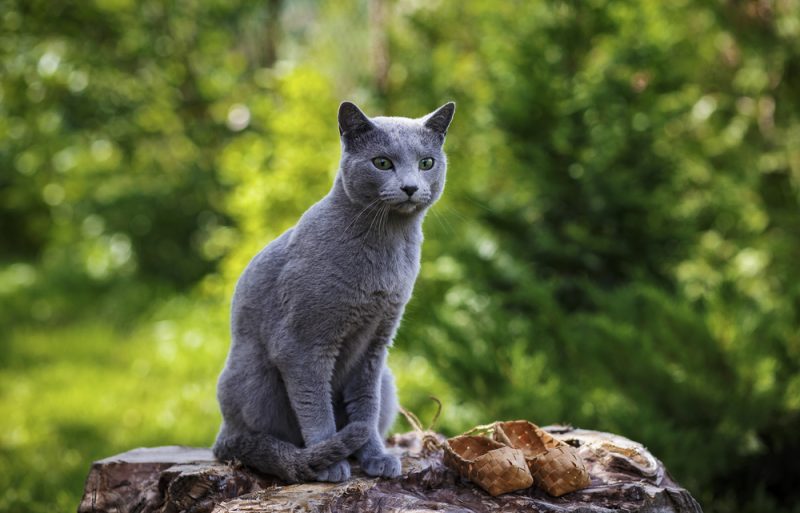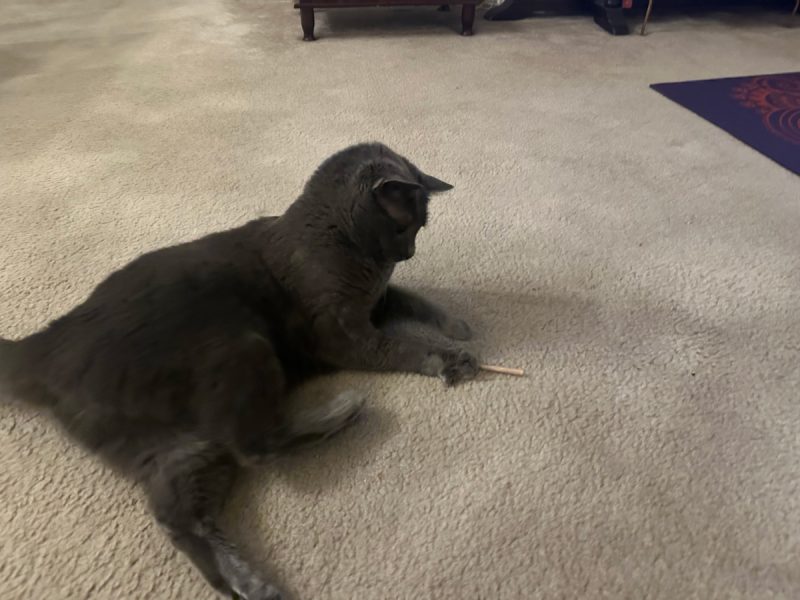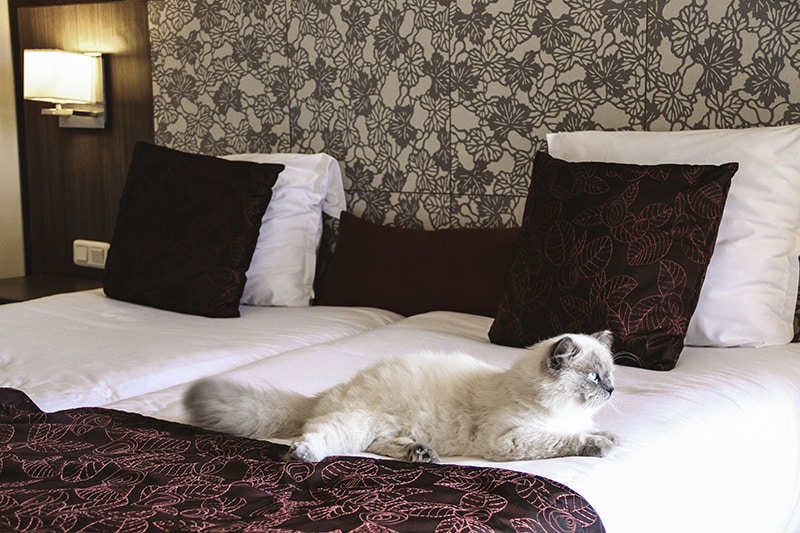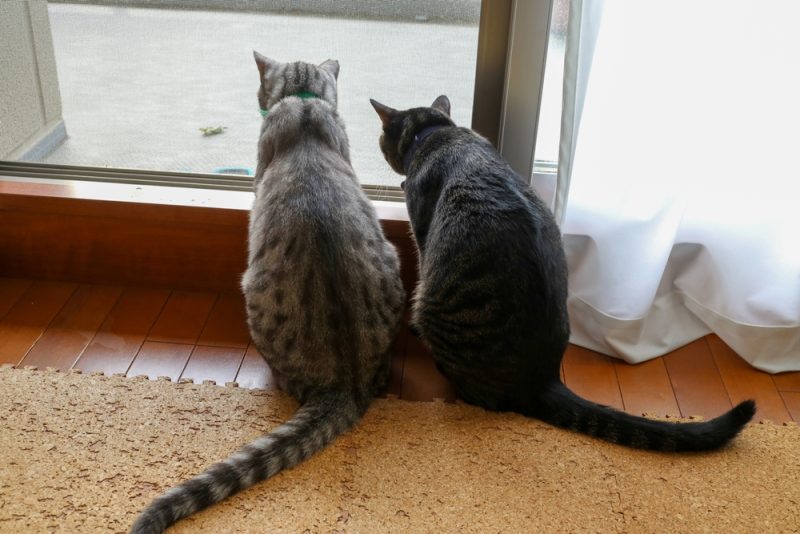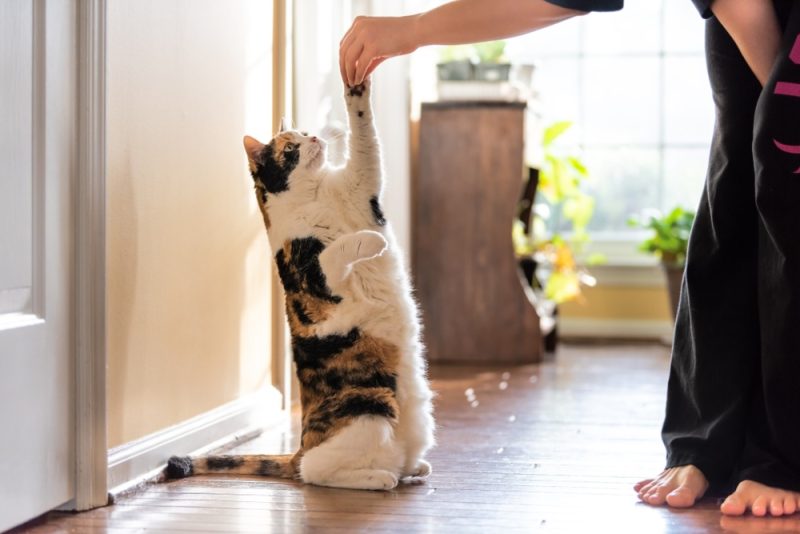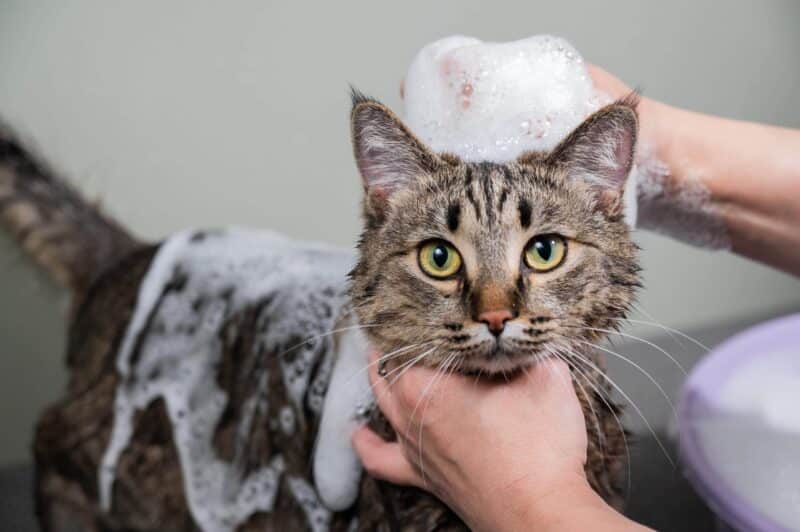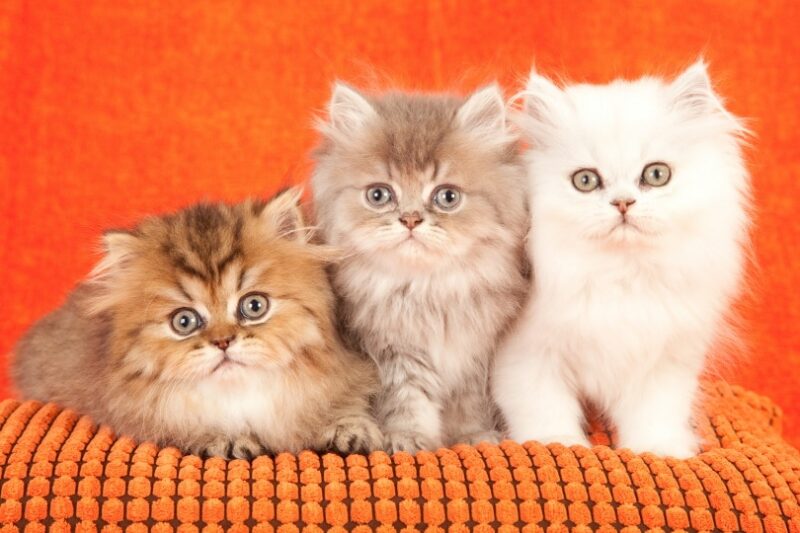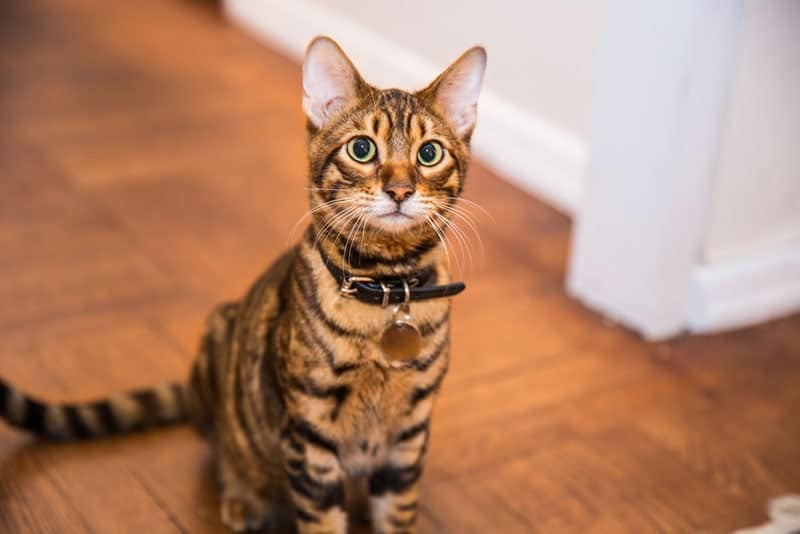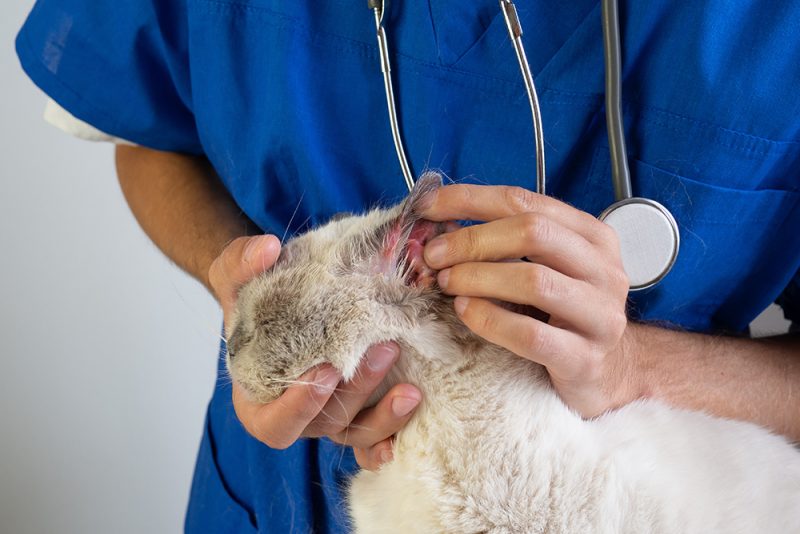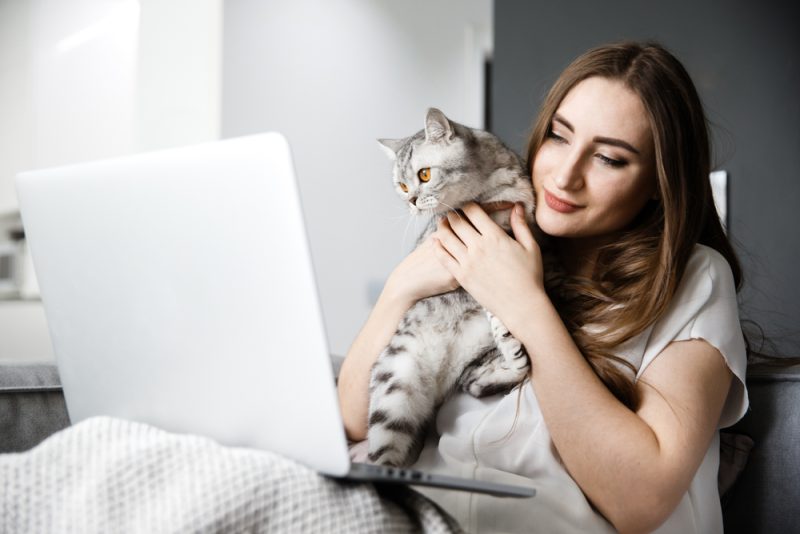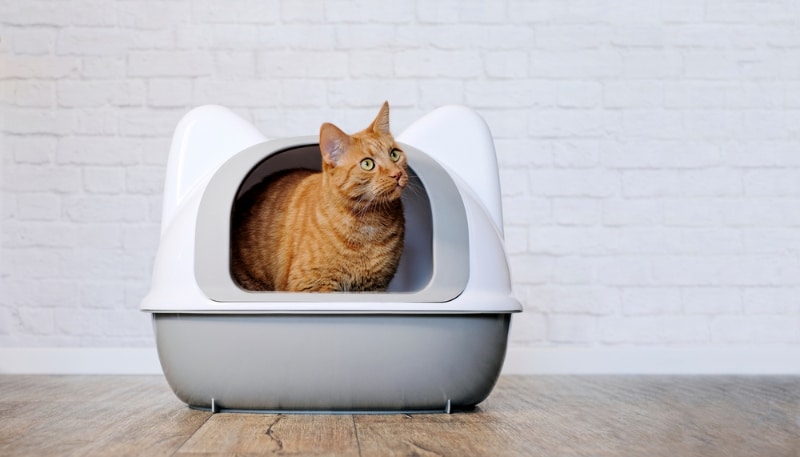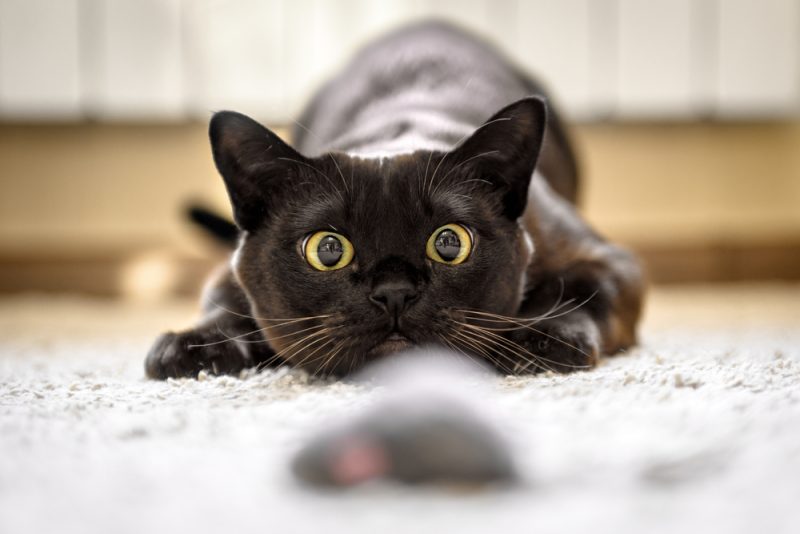The Russian Blue is a gorgeous cat with a silvery blue coat, emerald green eyes, and a winning personality. These beloved felines get along with most people, including gentle children, and other animals, including dogs, making them excellent cats for families and multi-pet homes.
Their name indicates that they are from Russia—which is correct as far as we know! Interestingly, the Russian Blue’s true origins are a bit of a mystery because they seem to be a naturally occurring breed. Let’s learn more about the history of this elegant cat.

Where Did Russian Blue Cats Originate?
It’s generally believed that the Russian Blue originated on Arkhangelsk Island, also known as Archangel Island, located off the coast of Northern Russia. Most reports indicate that cats were first spotted around the port of the island. Because of this, you may also see Russian Blues referred to as Archangel Blues or Archangel Cats.
The cats were first recorded outside of Russia in the 1800s, when they began arriving in Europe via ships from Archangel Island and other parts of Russia. Most historical references put the Russian Blue entering Great Britain and Northern Europe around 1860.
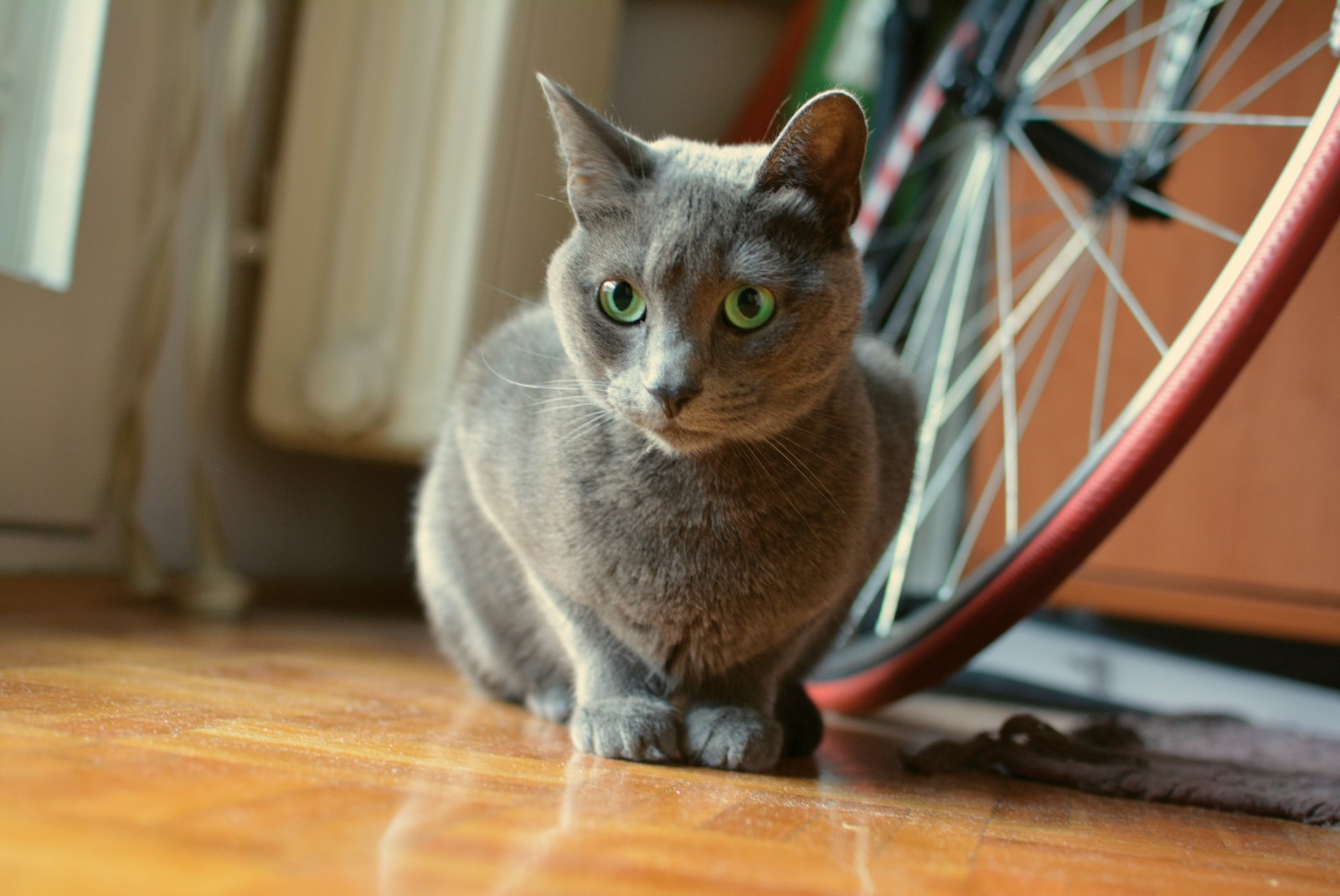
When Were Russian Blue Cats Recognized as a Breed?
Russian Blues have been competing in cat shows for almost as long as cat shows have been happening. Historical documents show they were first recorded at a cat show in England in 1872, where they were referred to as Archangel Cats.
However, a report in 1895 indicated that the first competitors under the Russian Blue name and their aliases may have been British-bred grey tabbies, so it’s unclear exactly when the cats from Archangel Island began competing in European cat shows. In 1912, though, the Russian Blue was given their own breed class to compete under. Prior to 1912, they were grouped in a class with other blue cat breeds.
Early Breeding Programs
Although the breed originated in Russia, breeders in England and Scandinavia took a liking to the breed and became primarily responsible for their full development. These cats were extremely popular, especially among European royalty. This is due to the breed’s wonderful personality and natural air of dignity and elegance.
The Russian czars are believed to have been particularly fond of these cats, with some people believing that Russian Blues are descendants of the royal cats belonging to the czars over the years. This is more rumor than fact, though, and there are no historical documents confirming this theory.
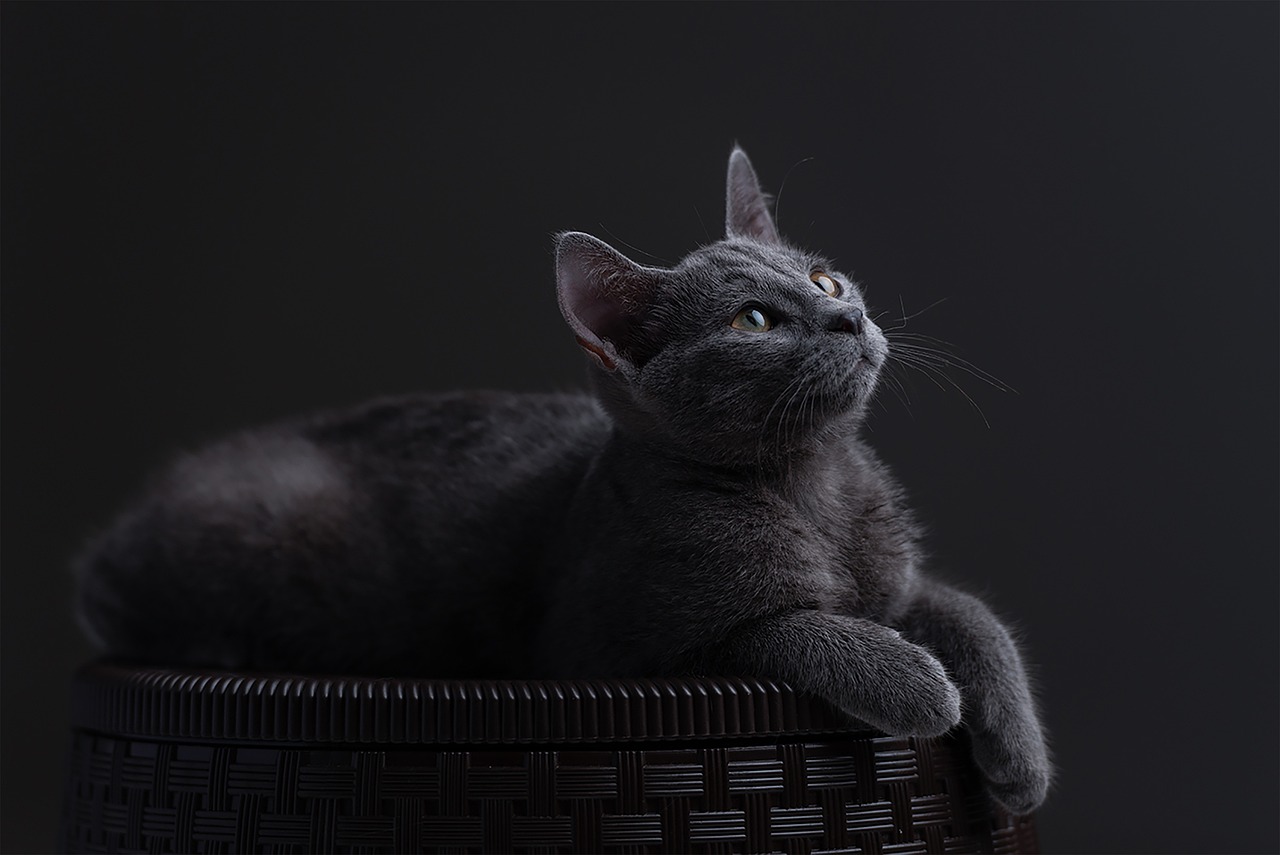
Modern Breeding Programs
Like many other breeds, Russian Blue numbers suffered following World War II. Breeders determined to save the breed began crossing the remaining Russian Blue cats with Siamese cats. As time went on, American breeders took a particular interest in the Russian Blue, crossing both the Scandinavian and British Russian Blue lines with each other to produce what we know as the modern Russian Blue cat. Thanks to careful breeding practices, most Russian Blue cats today do not have any detectable Siamese bloodlines.
It’s important to keep in mind that not all blue cats are Russian Blues. Blue is a naturally occurring color mutation in cats, so a cat can be a blue domestic shorthair mixed breed cat with no Russian Blue in their lineage. The belief that all or most blue cats must be Russian Blues has led to a significant amount of confusion around the true breed identity of many cats. It’s not hurting anyone if you believe that your blue housecat is a Russian Blue, but unscrupulous breeders have been known to sell blue cats inappropriately identified as Russian Blues.
The Russian Blue’s Impact on Other Breeds
Once the Russian Blue had been bred back to stable numbers, they were able to assist in the development and betterment of other breeds. For example, the Havana Brown is a descendant breed of the Russian Blue. They have also been used in the breeding program for the development of the Nebelung and are the basis for the Nebelung’s original breed standard. Currently, they are being used to help improve the overall health and robustness of the Oriental Shorthair.
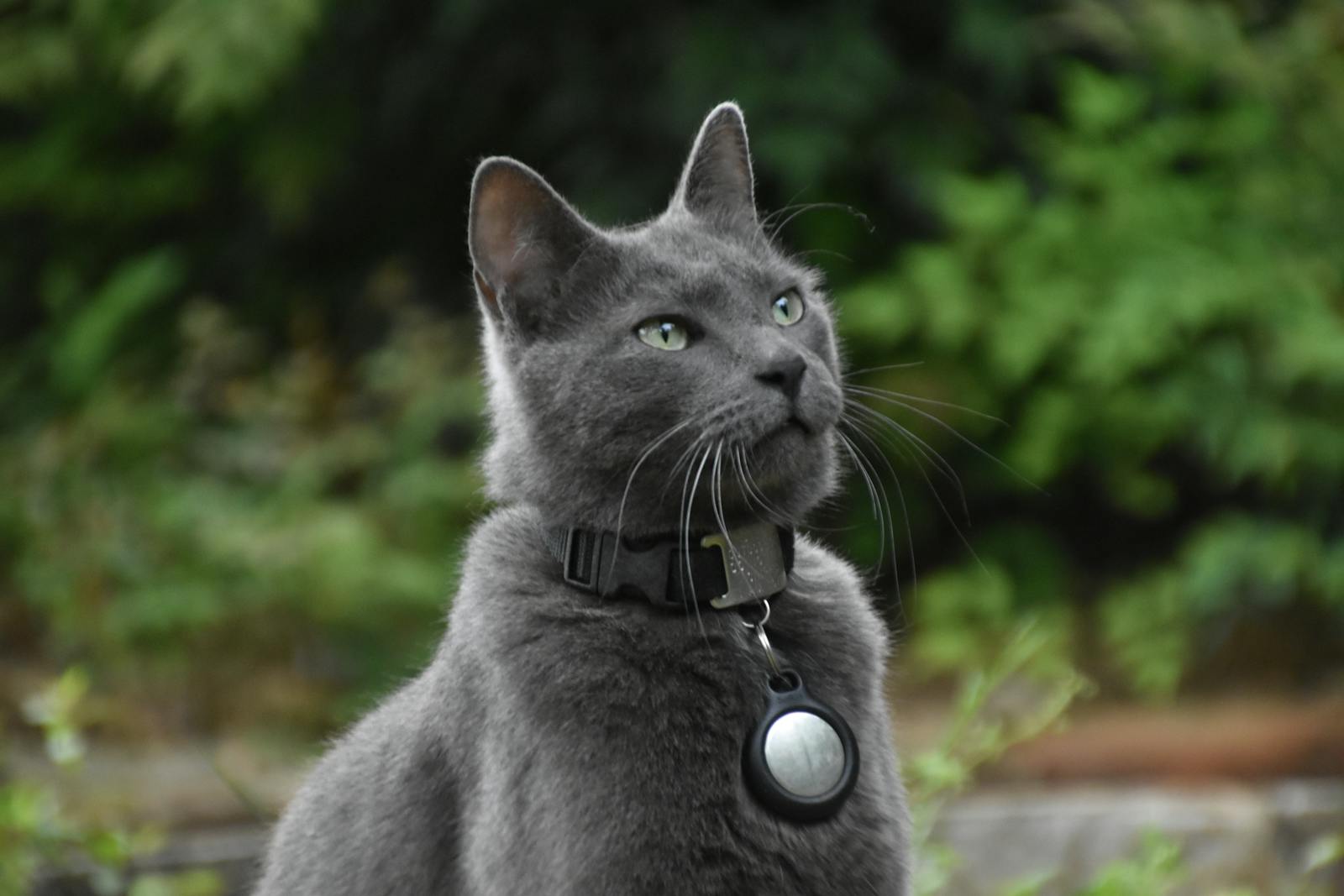

In Conclusion
The Russian Blue is a lovely cat with a wonderful personality that makes them suitable for a variety of home environments. They’re hardy and intelligent, and their appearance is striking, so it’s no wonder the breed quickly became a favorite among royalty and cat fanciers alike.
The breed was saved from extinction after World War II, thanks to the efforts of dedicated breeders who worked to not only save the breed but also maintain their robust nature. Due to their efforts, the Russian Blue is an overall healthy cat that has been used to develop and better other breeds.
- See also: How Long Do Russian Blue Cats Live?
Featured Image Credit: Review News, Shutterstock
